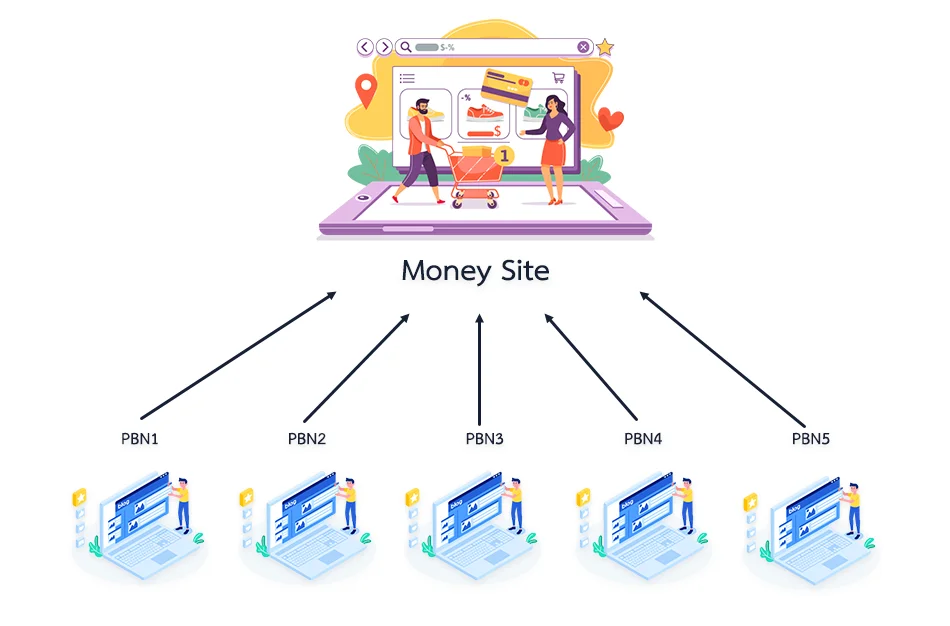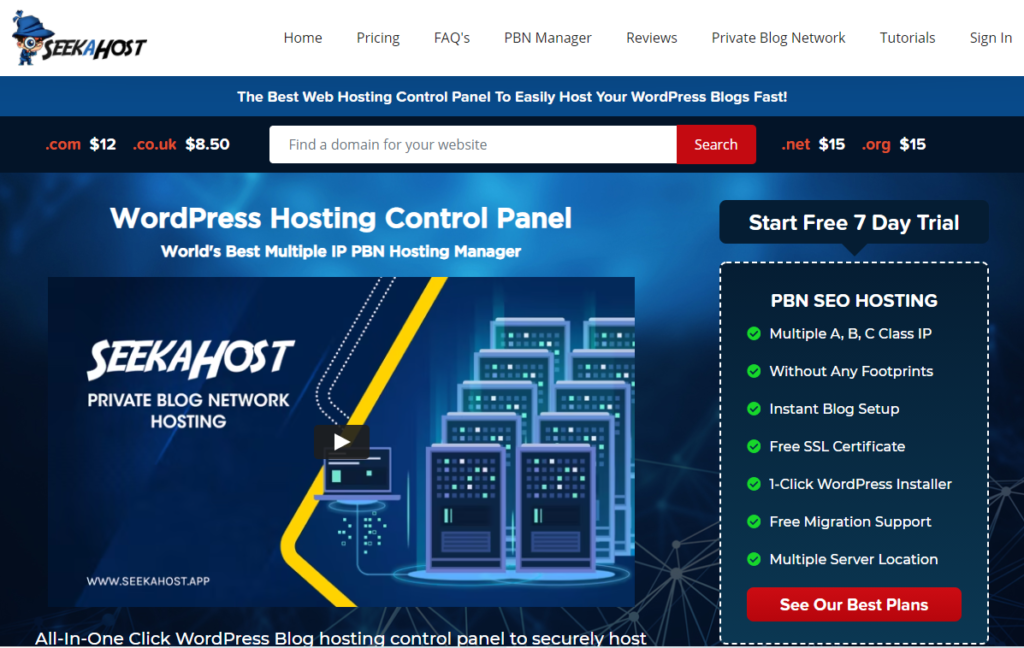All Categories
Featured
Table of Contents
- – What Is The Leading Semantic Content Strategie...
- – What Does Nlp For Semantic Seo Cost?
- – What Is The Top Semantic Seo Strategies Progr...
- – Who Makes The Leading What Is Semantic Seo
- – Whats The Top Semantic Seo Vs Traditional Seo
- – The Leading Implementing Semantic Seo To Get
- – Which Is The Top Semantic Content Optimizati...
The internet is altering, coming to be a growing number of semantic. Search engine optimization is likewise changing and becoming a lot more semantic. This is because online search engine have advanced and are moving more and extra in the direction of reading material on the internet. Naturally, that has also altered the way we create web content, especially if we desire to rank better in the online search engine.
Intertwingularity is not usually acknowledged, people maintain pretending they can make things deeply hierarchical, categorizable and consecutive when they can't. Based on the partnerships between search purposes, the search engine likes a content in positioning by determining the range in between the vectors of meaning.
It allows you to see, beginning with a subject, all the entities that relate to that subject. In this manner you can clearly see which entities/concepts/ideas have actually already been covered on your website, and you can find new chances by recognizing what web content you can add and just how to create it.
What Is The Leading Semantic Content Strategies Manufacturer
It has the ability to make your material understandable for internet search engine on the one hand and for your target market on the other. Structuring your material version highlights your content and its underlying connections to ensure that search engines can acknowledge you amongst numerous items of information, making you a lot more noticeable to individuals who meet the search intent relevant to your company.
In semantic search engine optimization copywriting, an editor begins from a wider variety of subjects and tailors the content to consist of semantically appropriate terms and phrases that help viewers comprehend a topic, comparable to reading material in a wiki. From a web content creating perspective, one practical way to do this is to produce a vocabulary of terms and inquiries surrounding your target subject.
What Does Nlp For Semantic Seo Cost?
Learn more concerning by viewing the by!.

Semantic search refers to the procedure of how online search engine understand and match key phrases to a searcher's intent in organic search engine result. Prior to semantic search, online search engine like Google ran like matchmakersaligning details words in your inquiry with those exact words on web pages. The outcomes were straightforward but frequently did not have deepness.
What Is The Top Semantic Seo Strategies Program?
It makes it possible for Google to offer quick, exact solutions to search inquiries regarding real-world subjects. When you type a query word into Google, you're not simply getting in a sequence of words. You touch right into an intricate internet of definitions and connections. Google's Knowledge Chart sees these words as entities with context and relationships.
When you look for "Apple," Google doesn't simply see a word that explains a fruit. It identifies Apple as a firm and can supply relevant information. It was Google's answer to the rise of voice searches, where inquiries became a lot more conversational and nuanced.
Who Makes The Leading What Is Semantic Seo
By incorporating NLP, Hummingbird enabled Google to relocate beyond mere keyword matching. It helped the search engine comprehend search intent, raising the chances that results would properly match the reason behind an individual's search. As the 3rd crucial ranking factor after web content and links, RankBrain has actually boosted Google's semantic search capabilities to comprehend the significance of search questions.
Making it much more reliable at taking care of never-before-seen search inquiries. RankBrain takes into consideration even more than just search phrases when examining a search question.
It fetches results that match the key phrases and align with the overall intent of offering young puppy training suggestions. And if the individual regularly looks for dog-related web content, Google could focus on more comprehensive training guidesrecognizing the customer's continuous rate of interest in the topic. Incorporating modern technologies like the Expertise Graph, Hummingbird, and RankBrain, semantic search helps the Google algorithm translate and connect data across a substantial internet of info.
Whats The Top Semantic Seo Vs Traditional Seo
The focus changes from keyword choice to an alternative strategy including individual intent, topical importance, and total customer experience. Creating material that deals with the searcher's requirements with detailed info can enhance your SERP positions.
And sort of material can best satisfy their needs. A wider approach to content aligns much better with semantic search's shift far from specific key phrase matching and toward individual intent. Which clarifies the boosted concentrate on subject clusters, rather than individual key words. Web content that covers search queries extra completely not only satisfies individuals.
UX intends to produce a visually appealing, easy to use user interface with interesting, quality content that encourages site visitors to remain. Semantic search innovation makes it possible for search engines to aim for results that supply the best feasible UX.
The Leading Implementing Semantic Seo To Get

All showcase Google's ability to attend to a topic query comprehensively. By comprehending the context and intent behind user queries, search engines can supply a lot more appropriate information and potentially increase customer interaction. Customization in search engine result makes for much better UX.Based on your past search history and choices as a user, semantic search aids browse engines customize the results to match your distinct needs and interests.
It fetches outcomes that match the key phrases and line up with the general intent of offering pup training recommendations. And if the individual frequently looks for dog-related content, Google could prioritize extra in-depth training guidesrecognizing the customer's continuous interest in the topic. Integrating technologies like the Knowledge Chart, Hummingbird, and RankBrain, semantic search aids the Google algorithm translate and link information across a substantial internet of information.
Which Is The Top Semantic Content Optimization Brand
The focus changes from keyword selection to an all natural technique including individual intent, topical significance, and general customer experience. Producing web content that resolves the searcher's needs with comprehensive information can boost your SERP positions.

And type of material can best satisfy their needs. A wider method to material aligns much better with semantic search's change away from exact key phrase matching and towards individual intent. Which discusses the boosted concentrate on topic collections, as opposed to specific key words. Content that covers search queries a lot more thoroughly not just satisfies individuals.
And 5 times higher than sites that take 10 seconds to load. While technical search engine optimization ensures optimal site efficiency and access, concentrating on customer experience (UX) takes it a step additionally. UX intends to create a visually appealing, user-friendly interface with appealing, high quality material that motivates site visitors to remain. Semantic search technology allows search engines to aim for outcomes that give the very best feasible UX.
All showcase Google's capability to address a subject question adequately. By understanding the context and intent behind user questions, internet search engine can deliver much more pertinent info and potentially increase individual interaction. Personalization in search engine result produces better UX.Based on your previous search background and choices as a user, semantic search aids look engines customize the outcomes to match your special requirements and passions.
Table of Contents
- – What Is The Leading Semantic Content Strategie...
- – What Does Nlp For Semantic Seo Cost?
- – What Is The Top Semantic Seo Strategies Progr...
- – Who Makes The Leading What Is Semantic Seo
- – Whats The Top Semantic Seo Vs Traditional Seo
- – The Leading Implementing Semantic Seo To Get
- – Which Is The Top Semantic Content Optimizati...
Latest Posts
How Much Should I Pay For Semantic Seo Tools?
What Are The Top 10 Semantic Seo Best Practices?
How Do I Find A Seo With Semantic Search Service?
More
Latest Posts
How Much Should I Pay For Semantic Seo Tools?
What Are The Top 10 Semantic Seo Best Practices?
How Do I Find A Seo With Semantic Search Service?